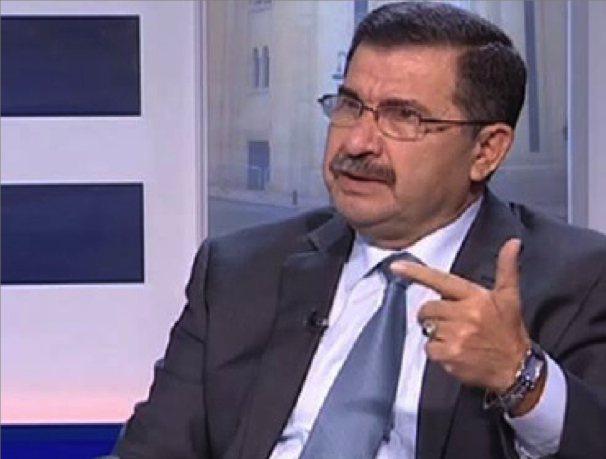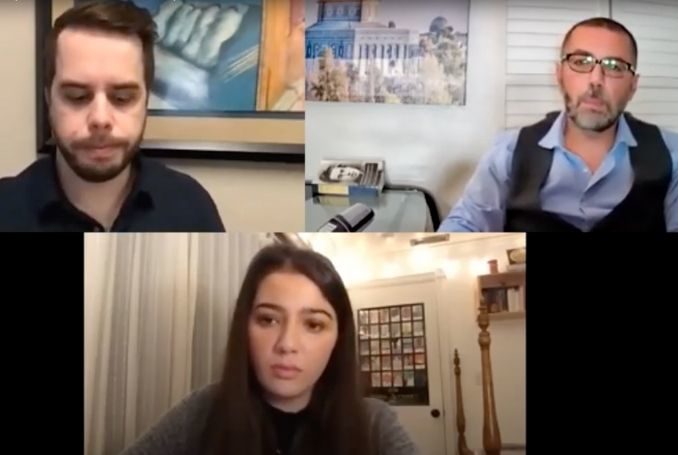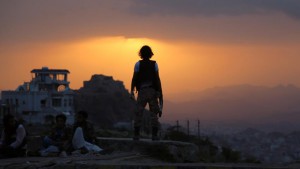The Armenian defense in the southern part of the Nagorno-Karabakh region seems to be collapsing as the advancing Azerbaijani forces are about to reach the strategic Lachin corridor.
On October 23, Azerbaijani troops were filmed near the village of Muradxanlı, which is located in about 15 km from this strategic area. Even if this Azerbaijani unit was just a field recognizance patrol and the main forces of the Turkish-Azerbaijani bloc still have to overcome Armenian resistance to reach the area, the fact of the Azerbaijani presence there marks the hard situation on the frontline for the Armenians.
The Lachin corridor is a mountain pass within the de jure borders of Azerbaijan, forming the shortest route between Armenia and the Nagorno-Karabakh Republic (Republic of Artsakh). The cutting off of Lachin will destroy the remaining hopes of the Armenian side to achieve a military victory in the ongoing war. Meanwhile, President of Azerbaijan Ilham Aliyev announced that his forces took full control of the Azerbaijani-Iranian border after capturing the village of Aghband. The Azerbaijani leader also declared that the Armenians lost 21 more settlements in the districts of Zangilan, Fuzuli and Jabrayil.
The Armenian military denies the collapse of its defense lines in the south and claims that Azerbaijani units appearing on video are just sabotage parties. According to the Armenian side, various Azerbaijan troops tried to advance in the western, northern and northwestern directions, but all of these offensive attempts were repelled. The Azerbaijani military allegedly suffered heavy losses.
The Armenian side insists that the towns of Hadrut and Fuzuli are in fact not in the hands of Azerbaijan. It insists that various units of the Armed Forces of Azerbaijan penetrate into different settlements in the front-line zone trying to create panic and make selfies there. These groups, according to Armenian media, are very small and often run away from Armenian troops. The optimism of Armenian officials is at least surprising.
According to reports, Armenian troops left the town of Aghband with almost no resistance to the Azerbaijani Armed Forces supported by Turkish specialists and Syrian militants. This move was likely a result of the need to save personnel and keep at least some reserves needed on other parts of the frontline. The defending of the almost surrounded town makes no sense. Nonetheless, videos and photos appearing online indicate that Armenian sabotage groups are also active in the rear of the advancing Azerbaijani forces. In that area, if they have enough supplies and weapons, they would be able to deliver painful blows to the logistical convoys of the Turkish-Azerbaijani bloc. It is likely that his activity is a formal pretext behind the statements of the Armenian Ministry of Defense that Azerbaijan has not gained full control of the border with Iran.
Forces of Azerbaijan continue to take control of settlements and villages in the south of Karabakh. Most of them are empty as the locals (ethnic Armenians) know well what fate they could face. It seems that the south of Karabakh is already lost for Armenia.
The Azerbaijani advance along the border with Iran through the relatively flat ground (if one compares it with the rest of Karabakh) appears to be a success. Now the Azerbaijani military and its allies are working to fully secure the border with Iran and set conditions for an operation to capture the Lachin corridor. The ability or inability of Azerbaijan to capture Lachin could become another turning point in the war.
Under the current conditions, it seems that a relatively positive outcome of the conflict for Karabakh forces would be possible in the event of the involvement some third power that would provide them with direct military assistance. Nonetheless, this scenario remains unlikely as long as even Armenia, which for years has been using Karabakh as its own protectorate, is not hurrying up to do so. Some Armenian sources even claim that the Pashinyan government oriented towards the West and NATO has just opted to sell the contested region to Azerbaijan under some formal pretext to remove the unresolved territorial disputes factor and open a way towards the further ‘democratic’ transformation of Armenia that it desires so much.
Related News
- Armenia denies Azerbaijan’s claims about controlling Karabakh-Iran border
- Armenian forces destroy another Azerbaijani rocket launcher system: video
- Watch: Armenian forces destroy Azerbaijani rocket launcher system
- Armenia Launches Ballistic Missiles On Azerbaijan Amid Retreat In Nagorno-Karabakh Region
- Azerbaijani-Armenian War: Counter-Offensive In The South And Iranian Factor
- Armenian Forces Use Their Last Chance To Turn Tide Of War With Azerbaijan
- Intermediate Results And Prospects Of Armenian-Azerbaijani War


















